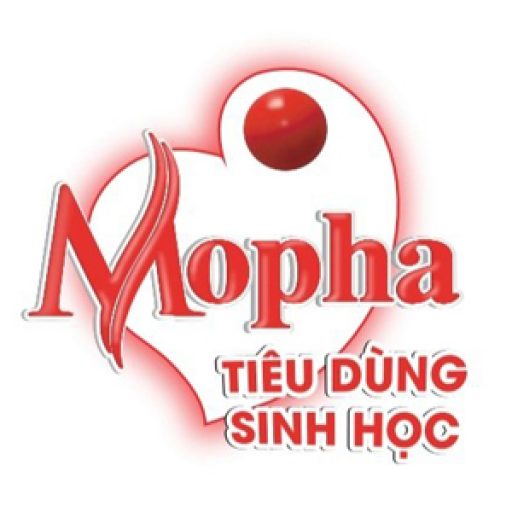! Без рубрики
Understanding the Testosterone Mode of Action
Understanding the Testosterone Mode of Action
Testosterone mode of action plays a crucial role in various physiological processes within the human body. This powerful hormone is essential for both male and female health, influencing everything from muscle mass to mood. Understanding how testosterone works can help individuals appreciate its significance and manage related health concerns.
The Role of Testosterone
Testosterone is primarily known as the male sex hormone, but it also performs vital functions in females. Here are some key roles:
- Regulation of libido and sexual function
- Promotion of muscle and bone strength
- Influence on fat distribution
- Impact on mood and cognitive function
Mechanism of Action
The testosterone mode of action involves several steps that facilitate its effects on the body:
1. Hormone Production
Testosterone is produced mainly in the testes in males and in smaller amounts by the ovaries in females. The adrenal glands also contribute to its production.
2. Transport in Blood
Once produced, testosterone binds to proteins in the blood, primarily albumin and sex hormone-binding globulin (SHBG). Only a small fraction remains free and biologically active.
3. Cellular Uptake
Cells throughout the body have androgen receptors that interact with testosterone. When testosterone enters a cell, it binds to these receptors, initiating a cascade of biological responses.
4. Gene Expression
The binding of testosterone to its receptor translocates the complex into the nucleus of the cell, leading to changes in gene expression. This process influences protein synthesis and various metabolic pathways.
Effects of Testosterone
The effects of testosterone are multifaceted, impacting various systems in the body:
- Muscle Growth: Increases in muscle size and strength due to enhanced protein synthesis.
- Bone Density: Promotes bone mineralization, reducing the risk of osteoporosis.
- Mood Regulation: Influences neurotransmitters, affecting mood and mental clarity.
- Fat Distribution: Alters body fat composition, often leading to decreased fat mass in men.
FAQs about Testosterone Mode of Action
Q: What happens when testosterone levels drop?
A: Low testosterone can lead to symptoms such as decreased energy, reduced libido, mood swings, and loss of muscle mass.
Q: How can testosterone levels be increased?
A: Natural ways to boost testosterone include regular exercise, maintaining a https://testosteroneonlinestore.com/prod/suspension-50-test-base-50-mg-global-anabolic/ healthy weight, managing stress, and ensuring adequate sleep.
Q: Are there risks associated with testosterone therapy?
A: Yes, testosterone therapy can have side effects, including increased risk of heart disease, sleep apnea, and mood changes. Consulting with a healthcare provider is essential before starting therapy.
Conclusion
Understanding the testosterone mode of action is vital for recognizing its importance in maintaining health and well-being. By comprehending how this hormone functions, individuals can make informed decisions regarding their health and lifestyle choices. Whether dealing with low levels or seeking ways to optimize testosterone, awareness is the first step toward a healthier life.
